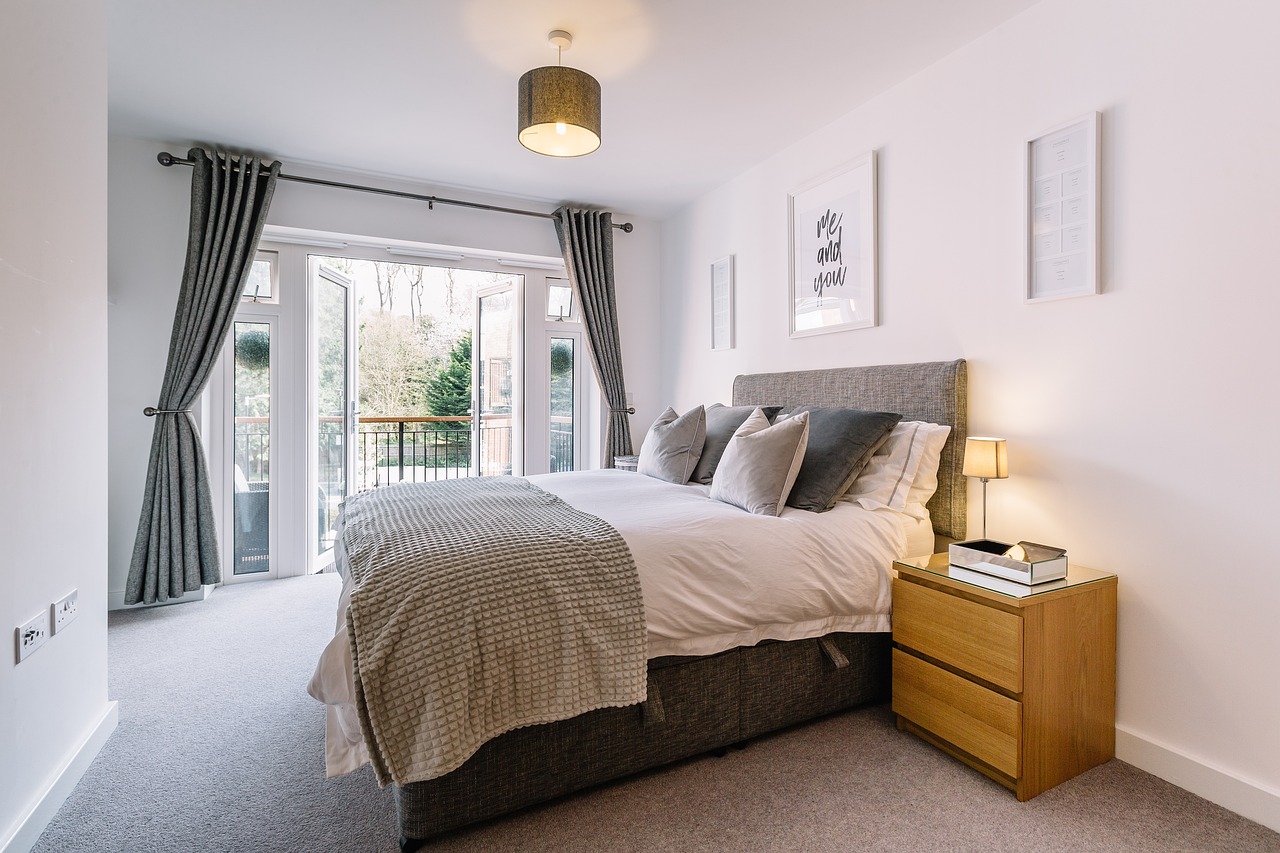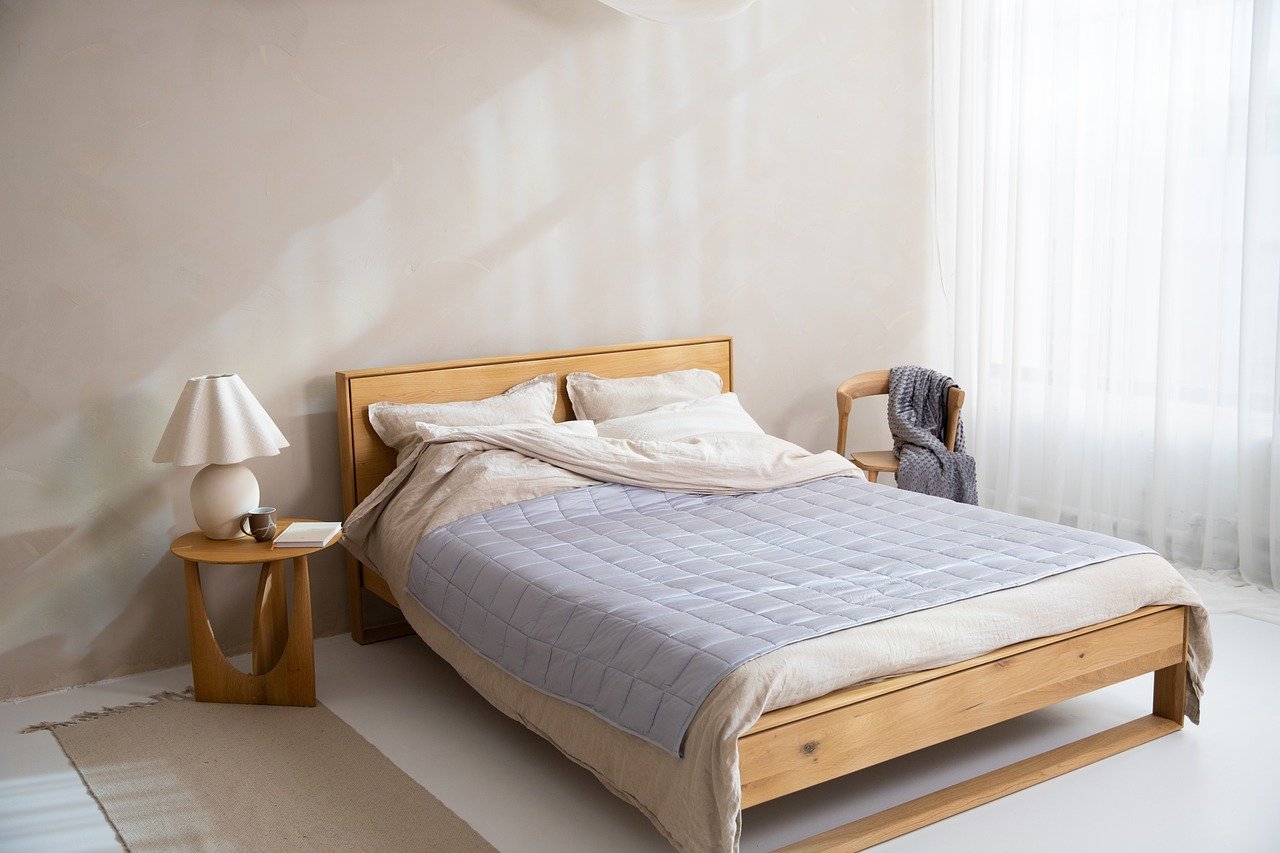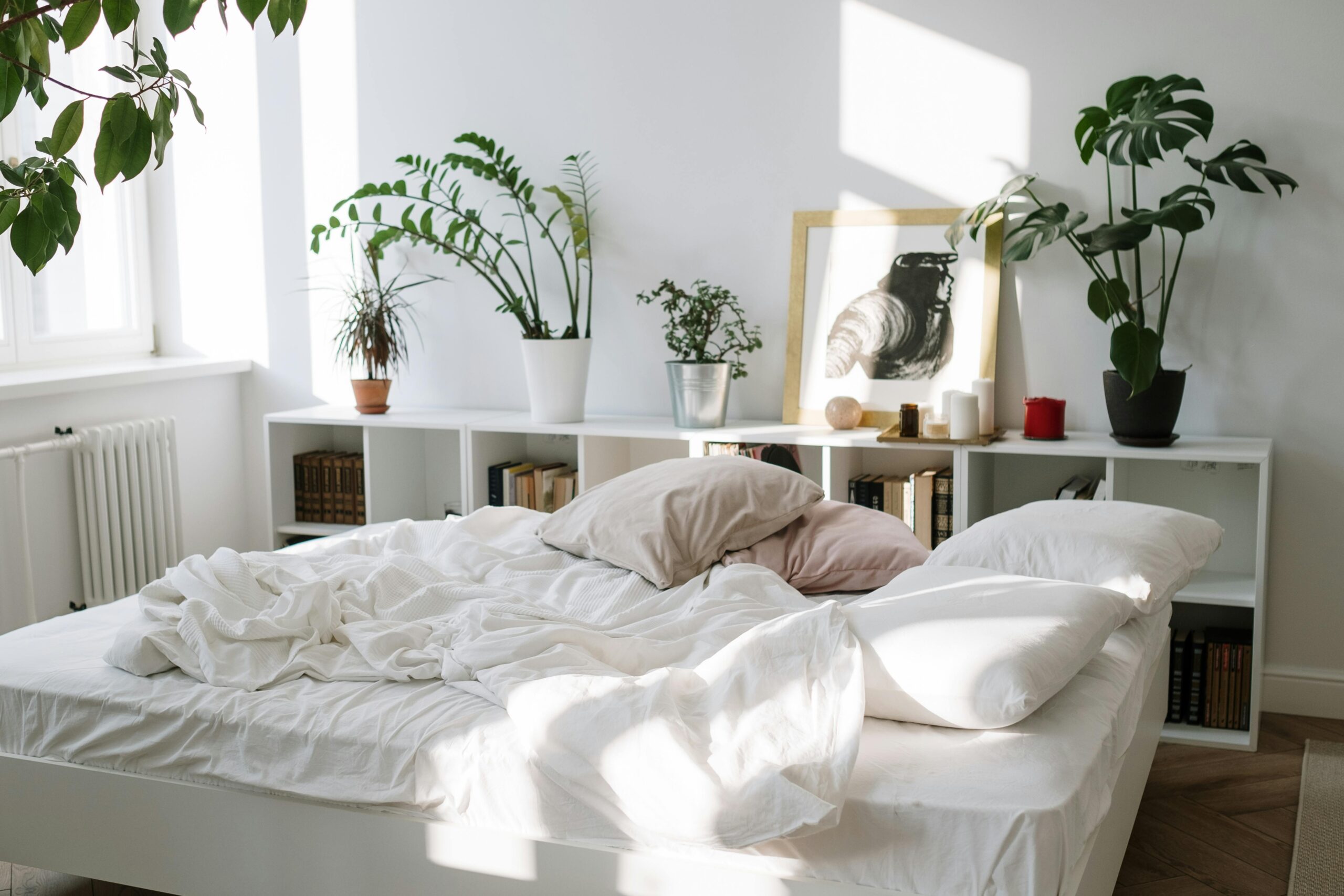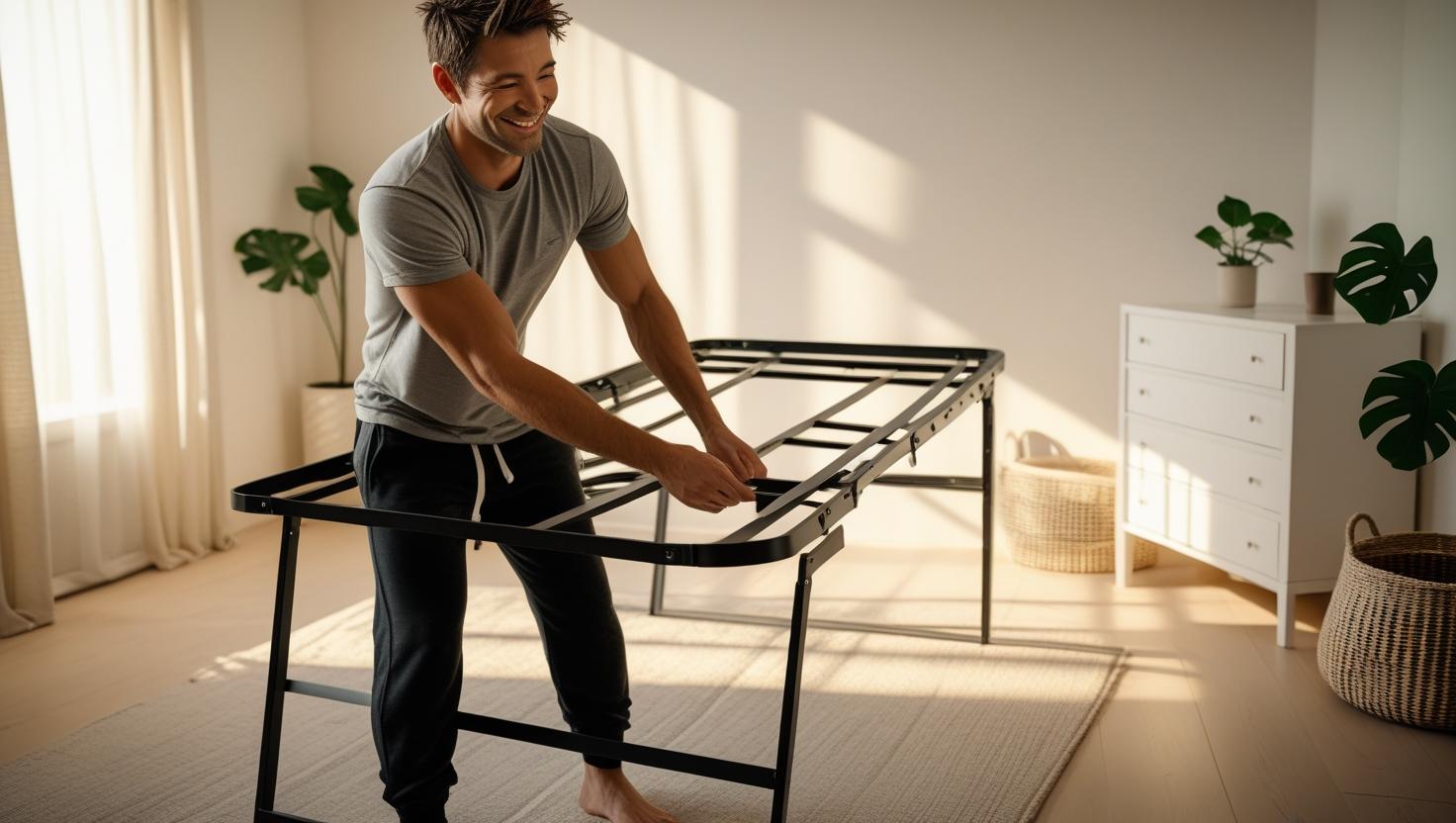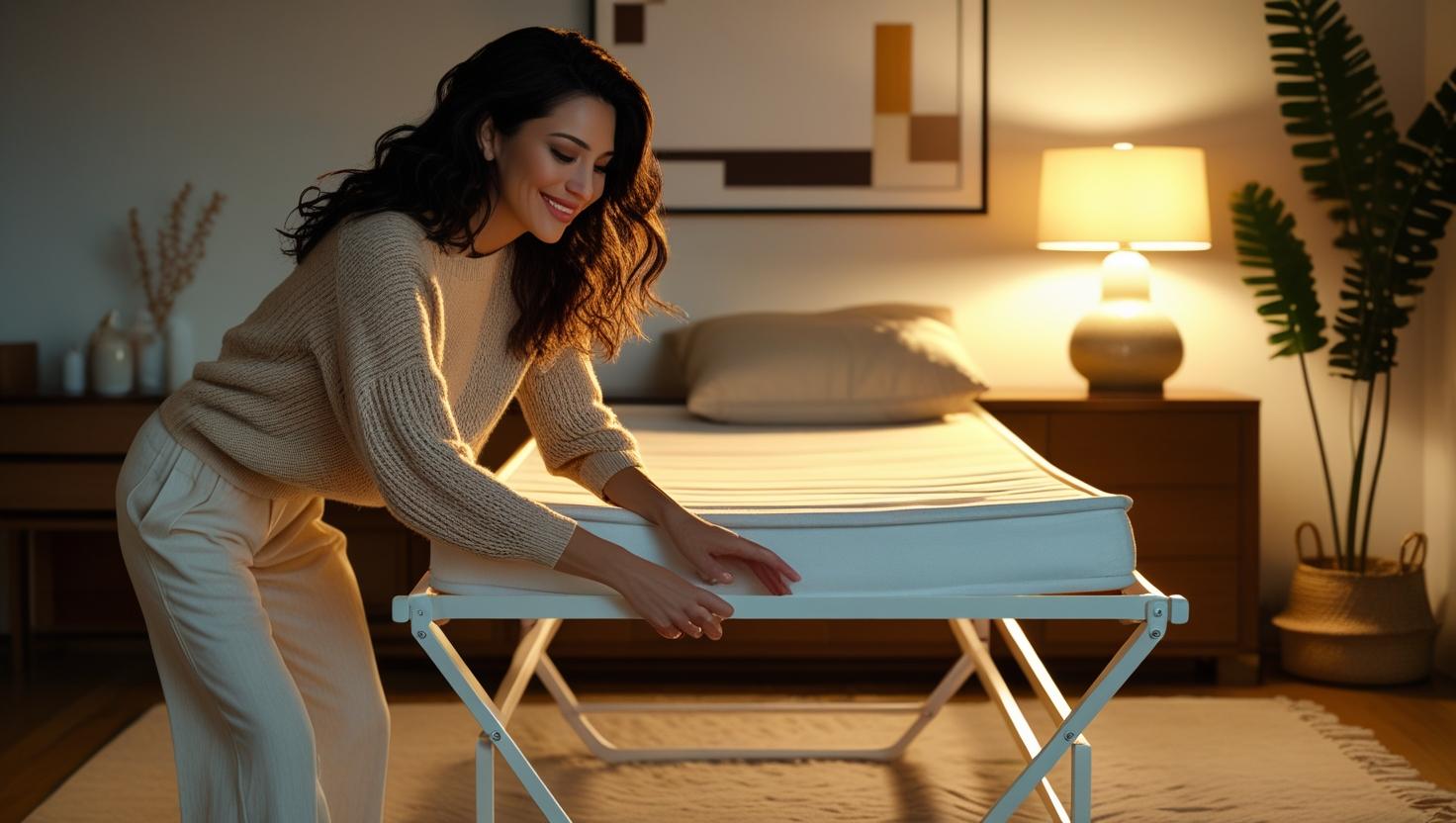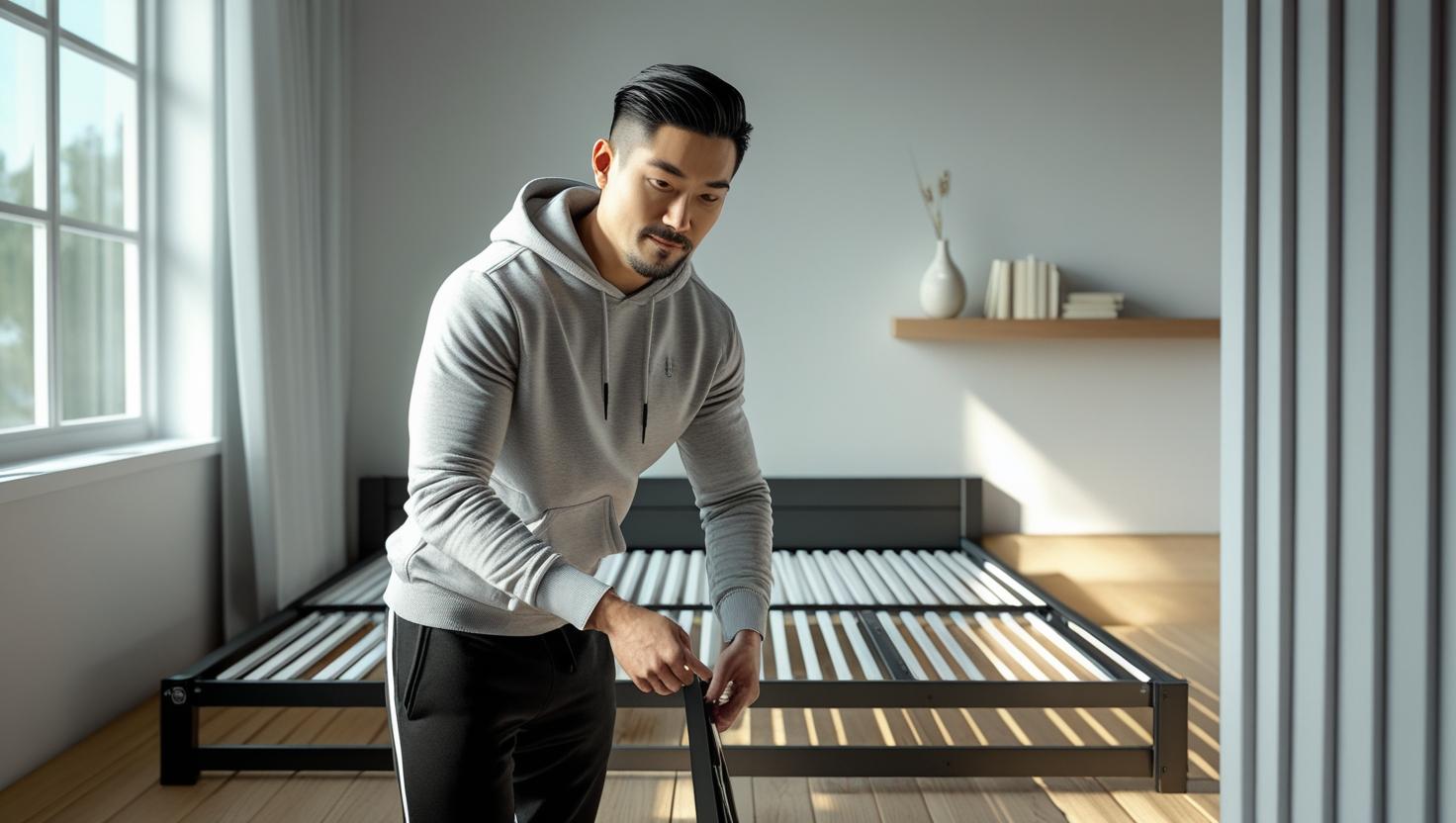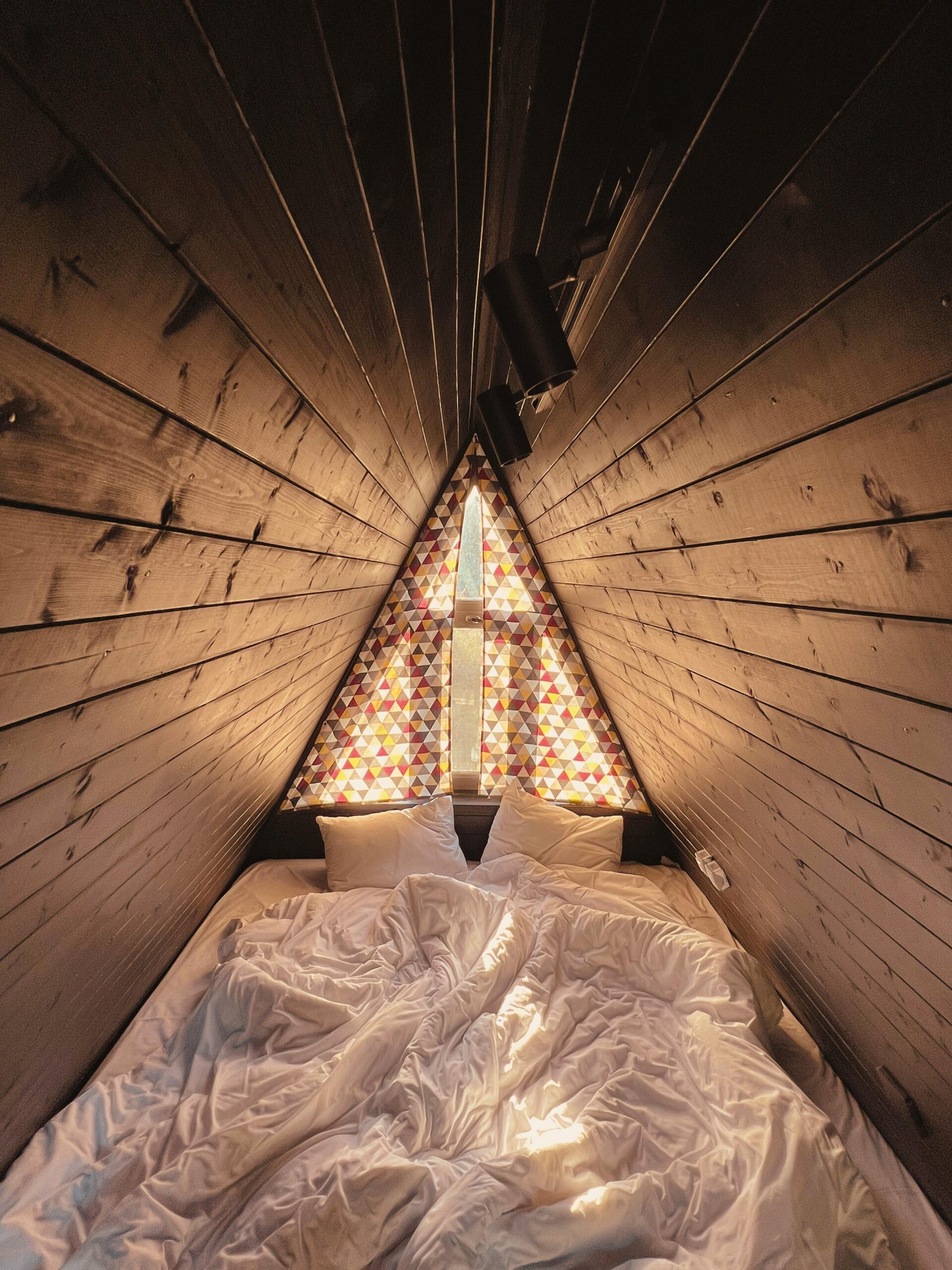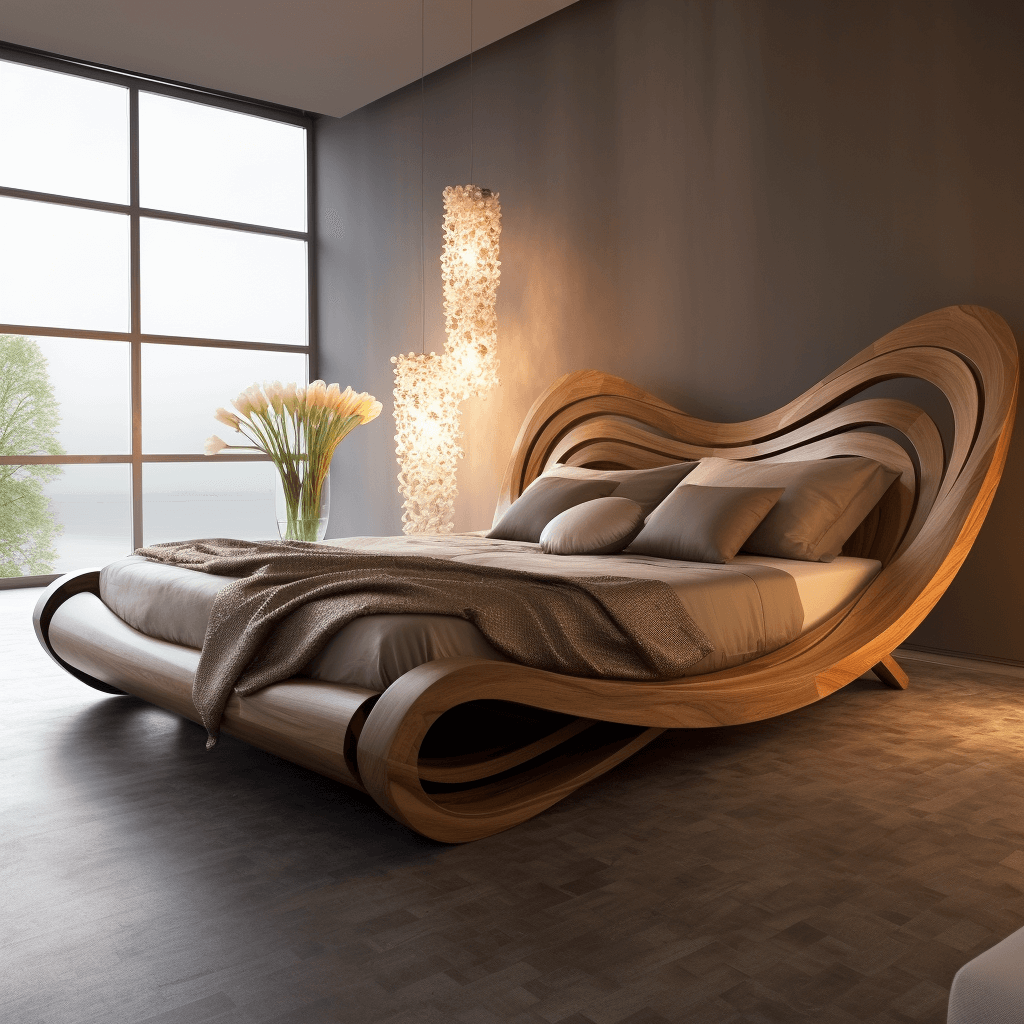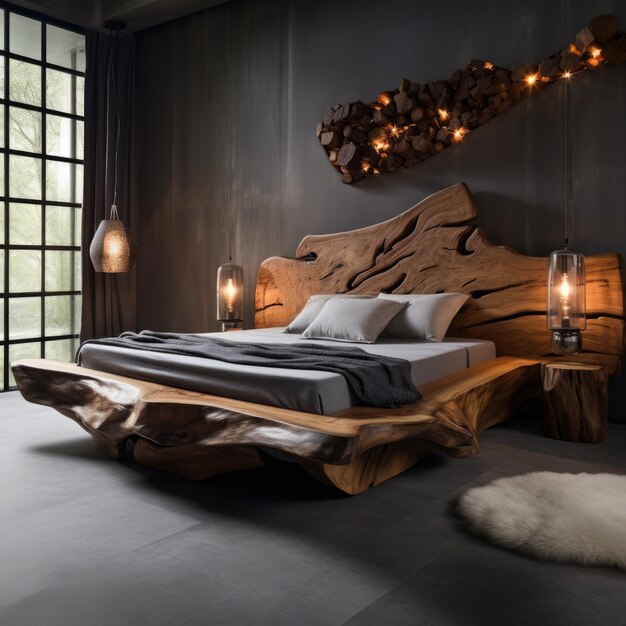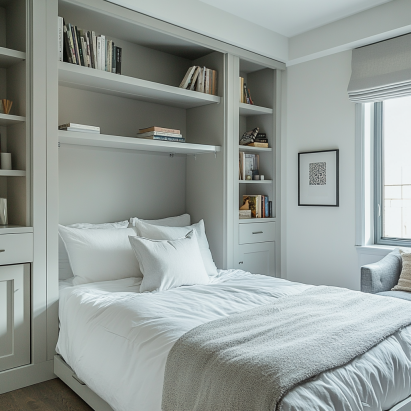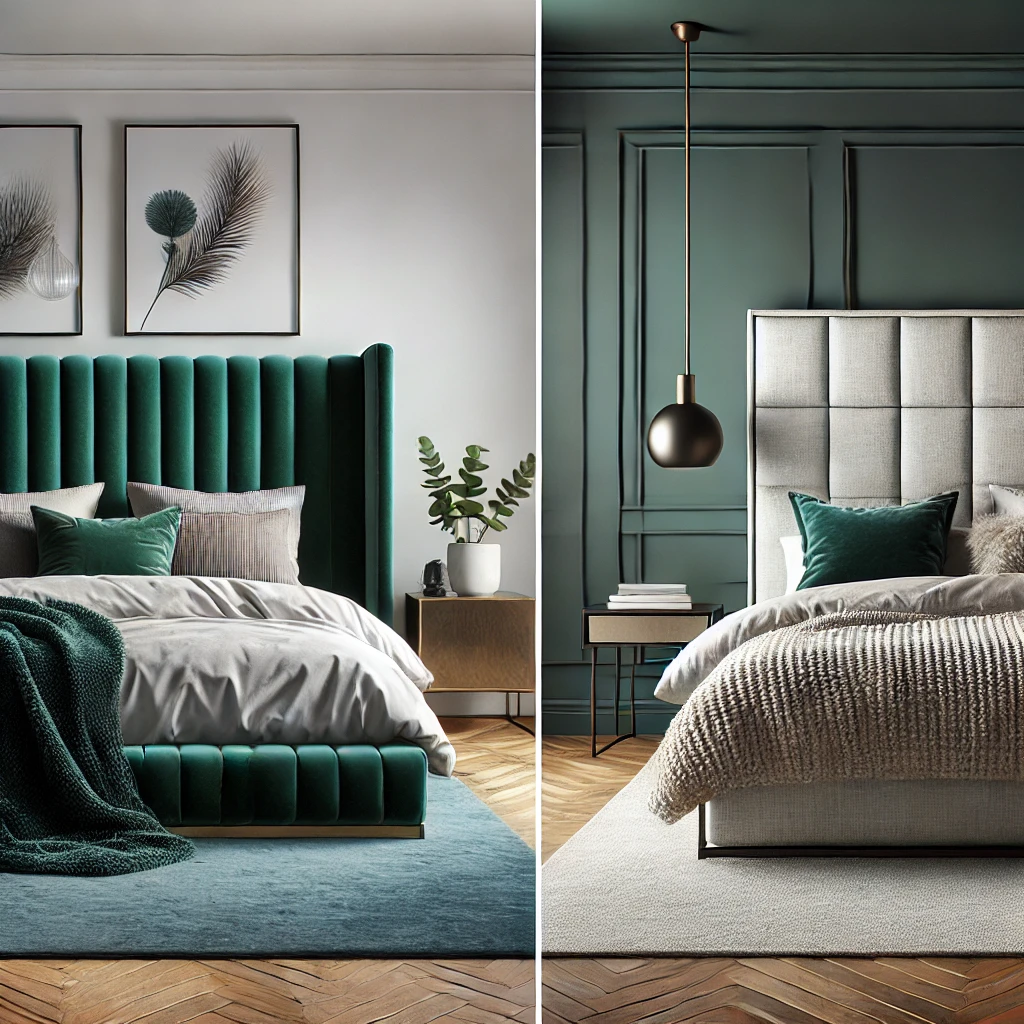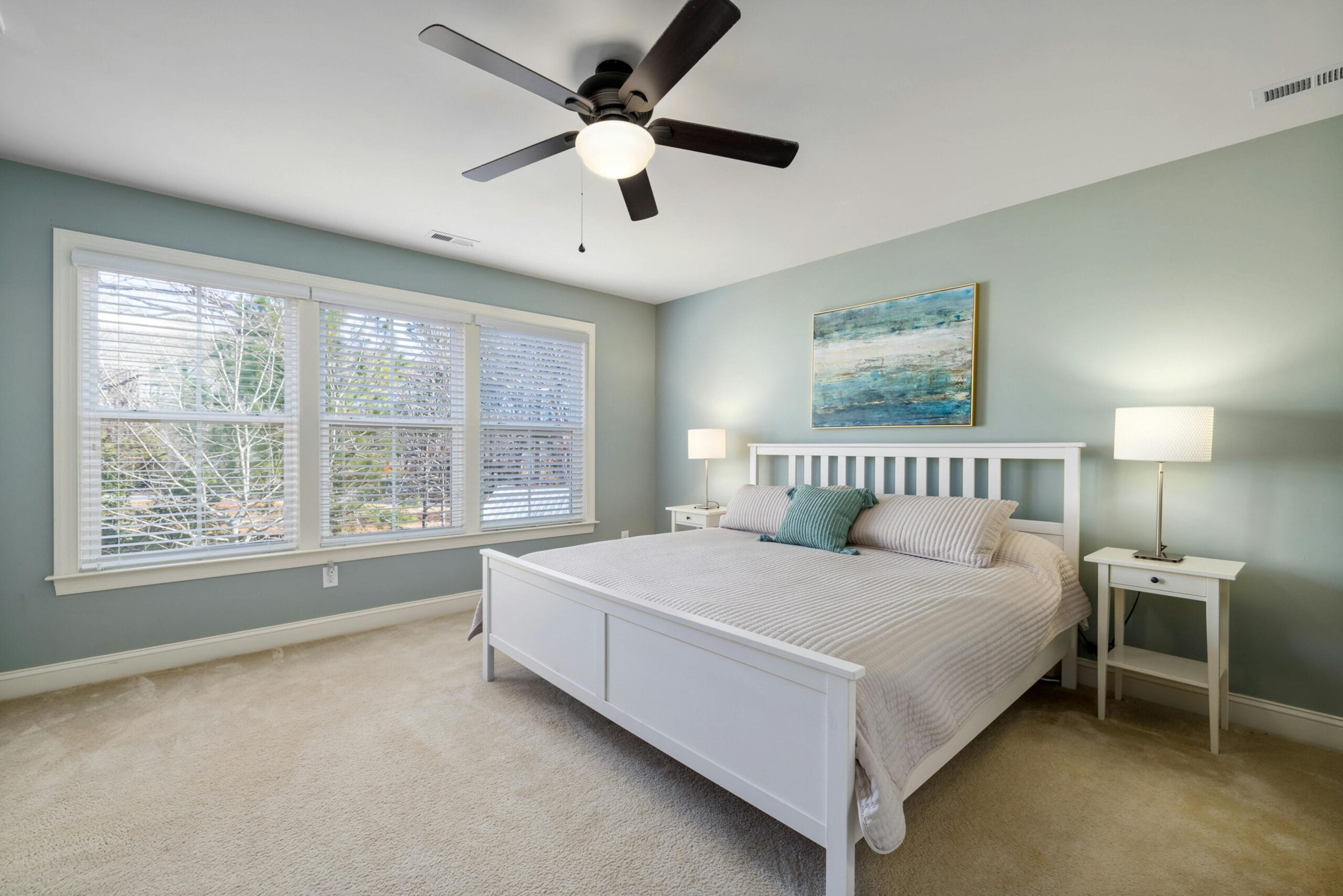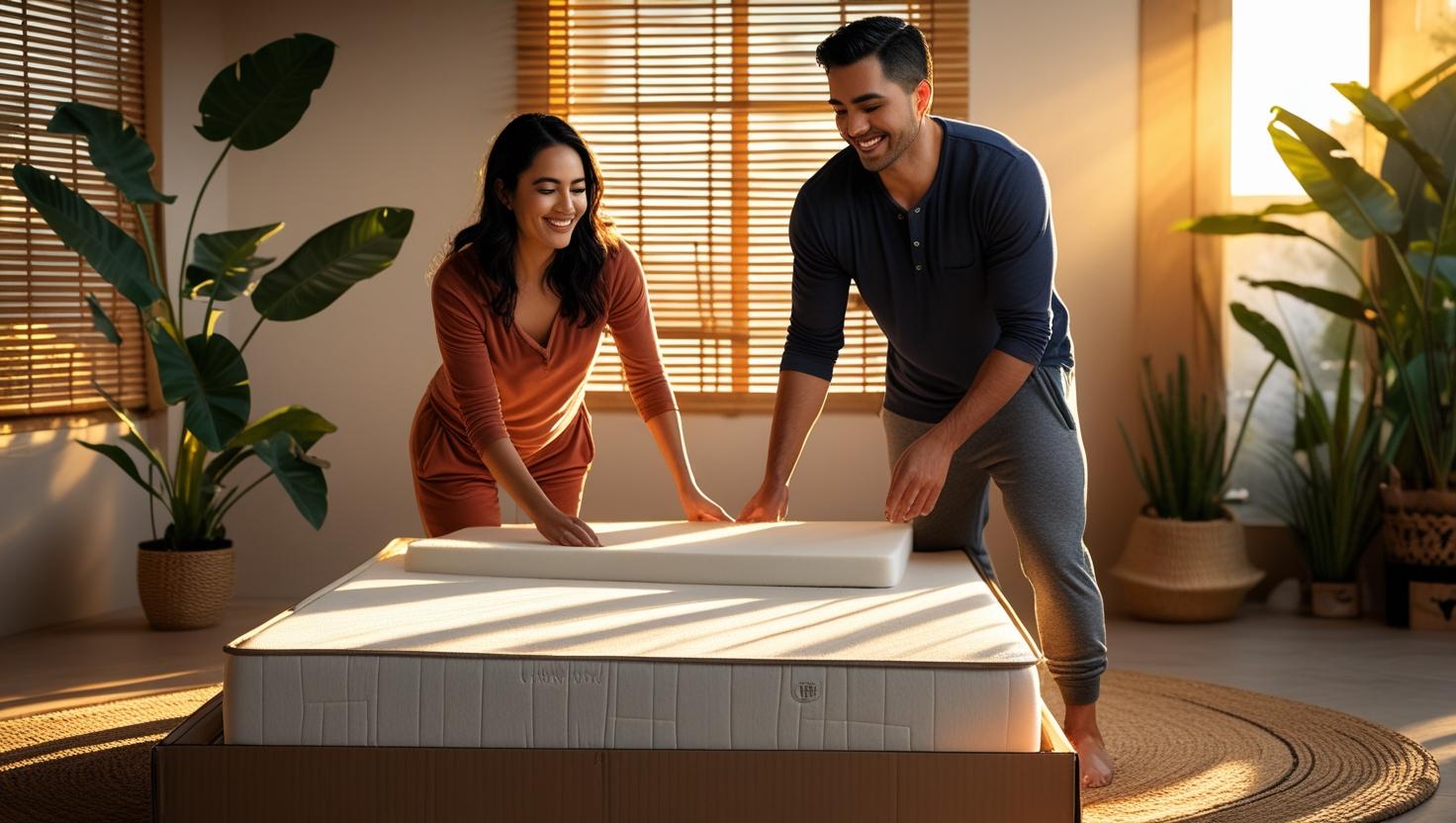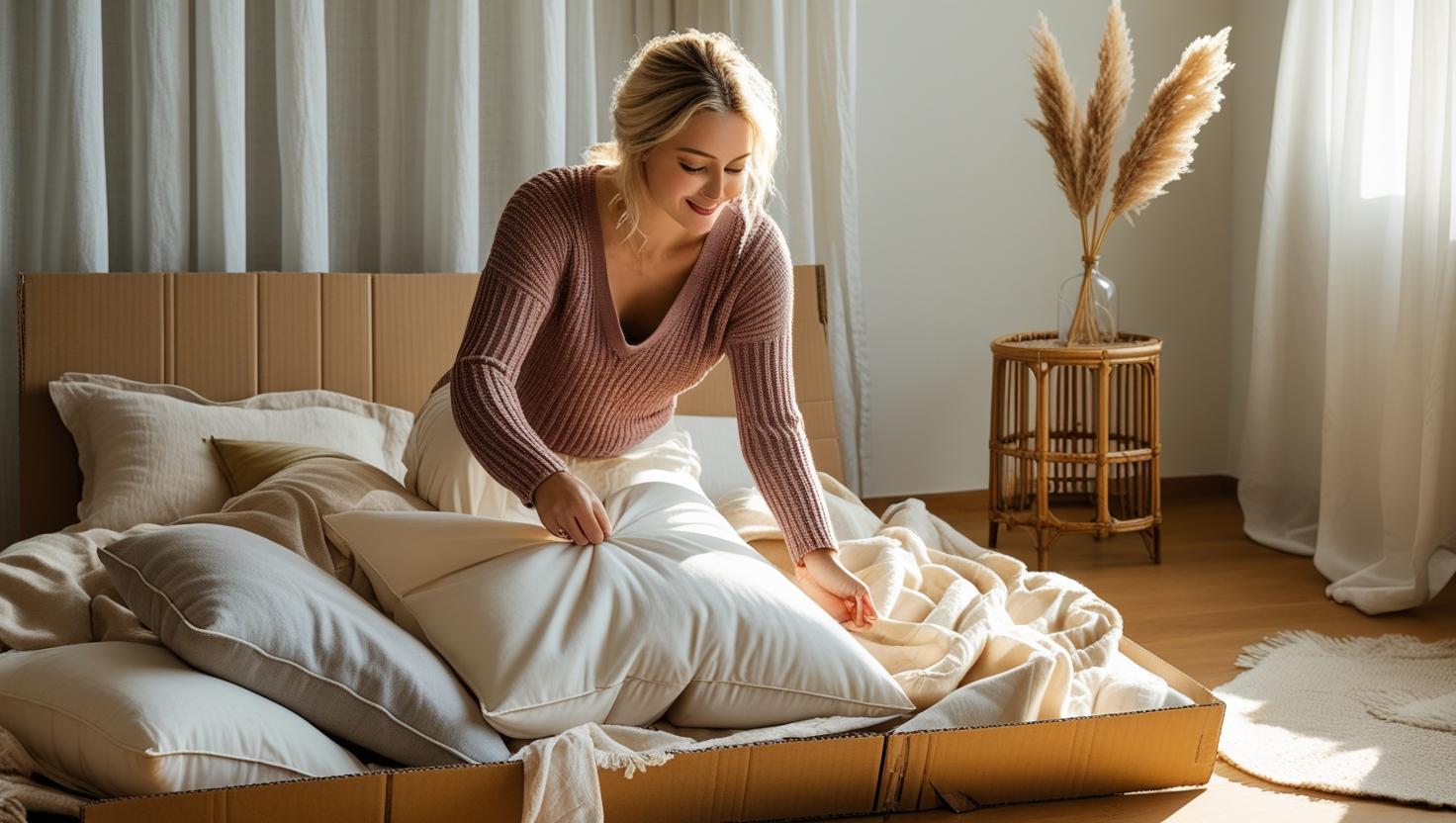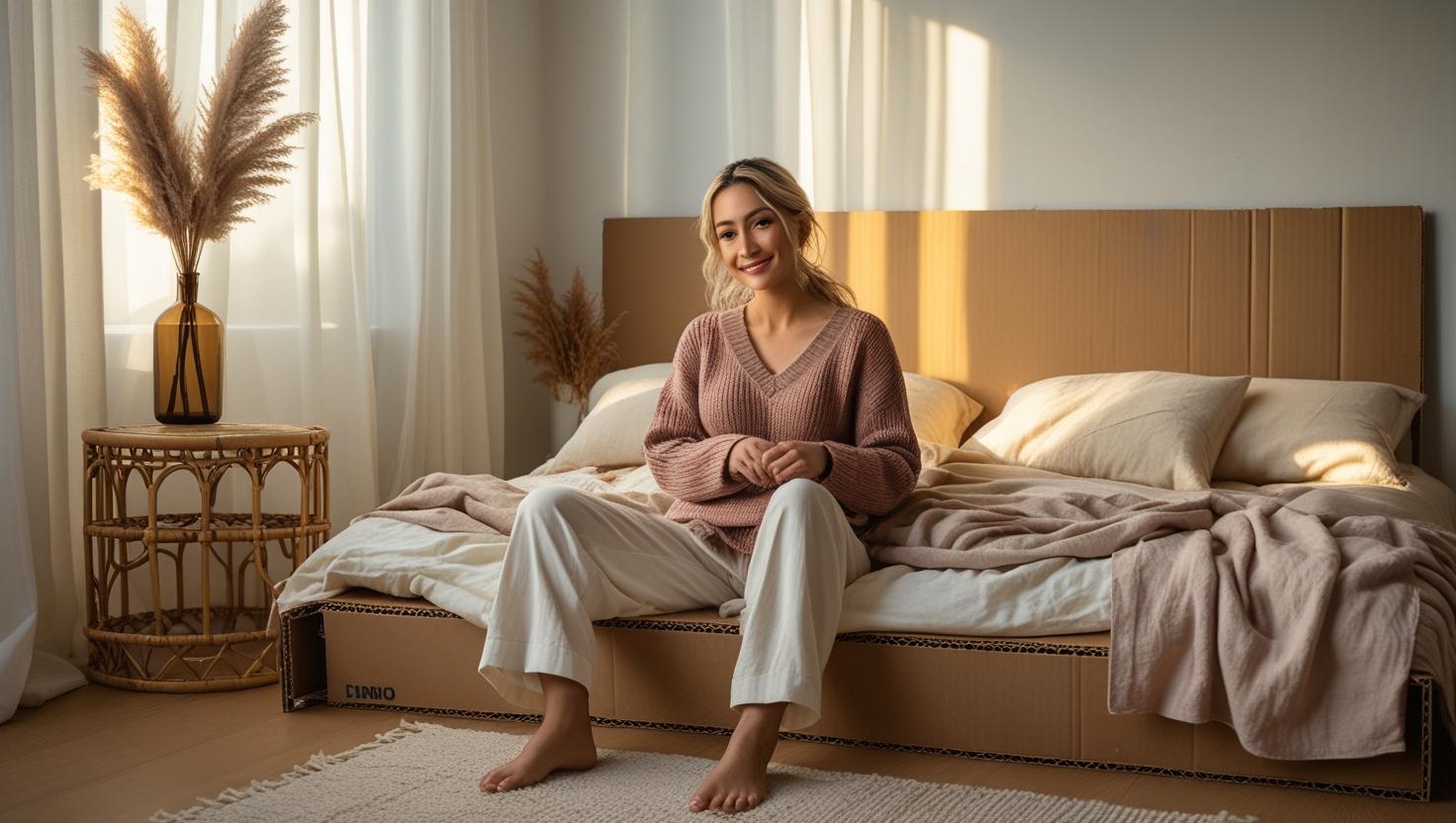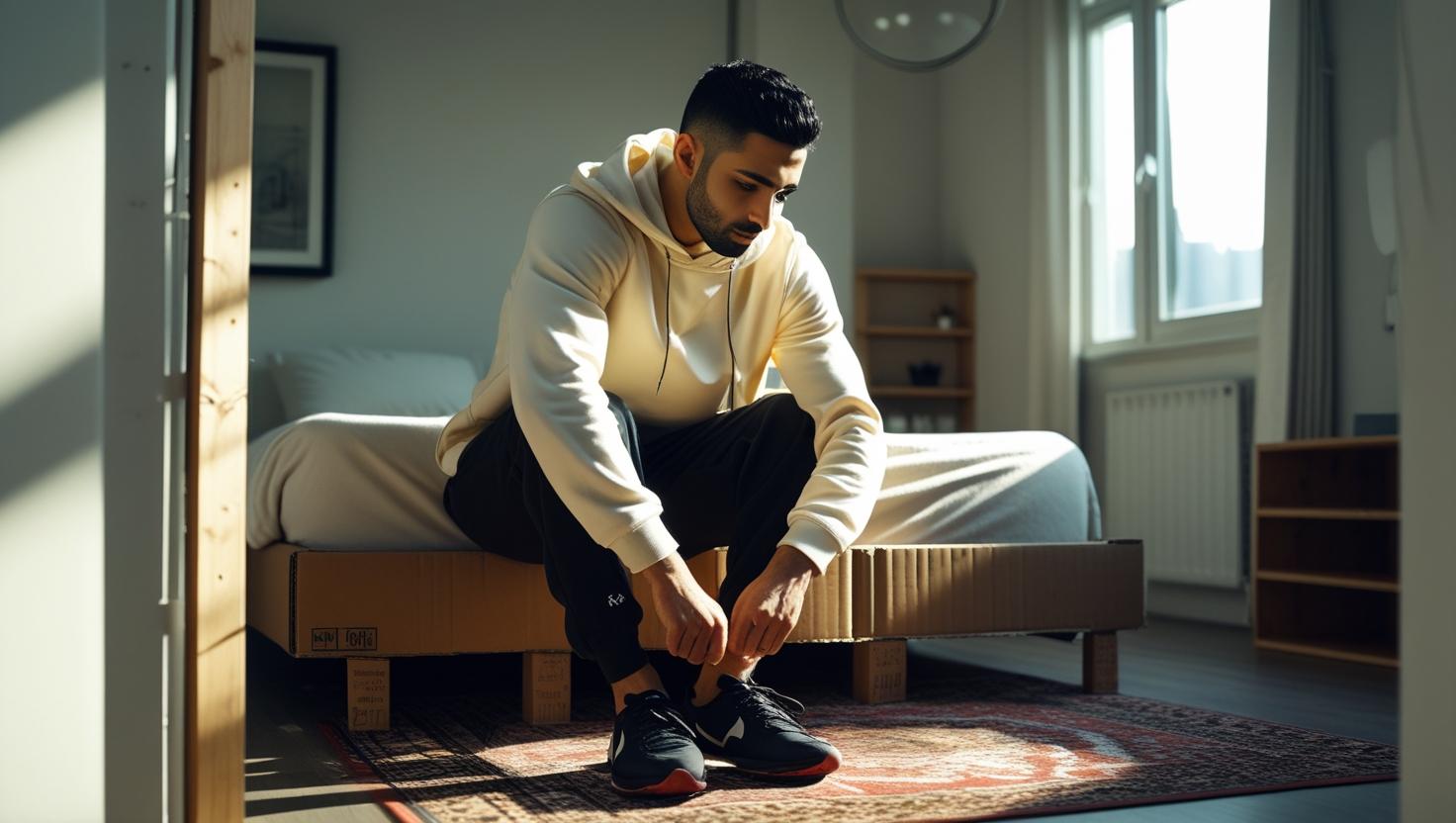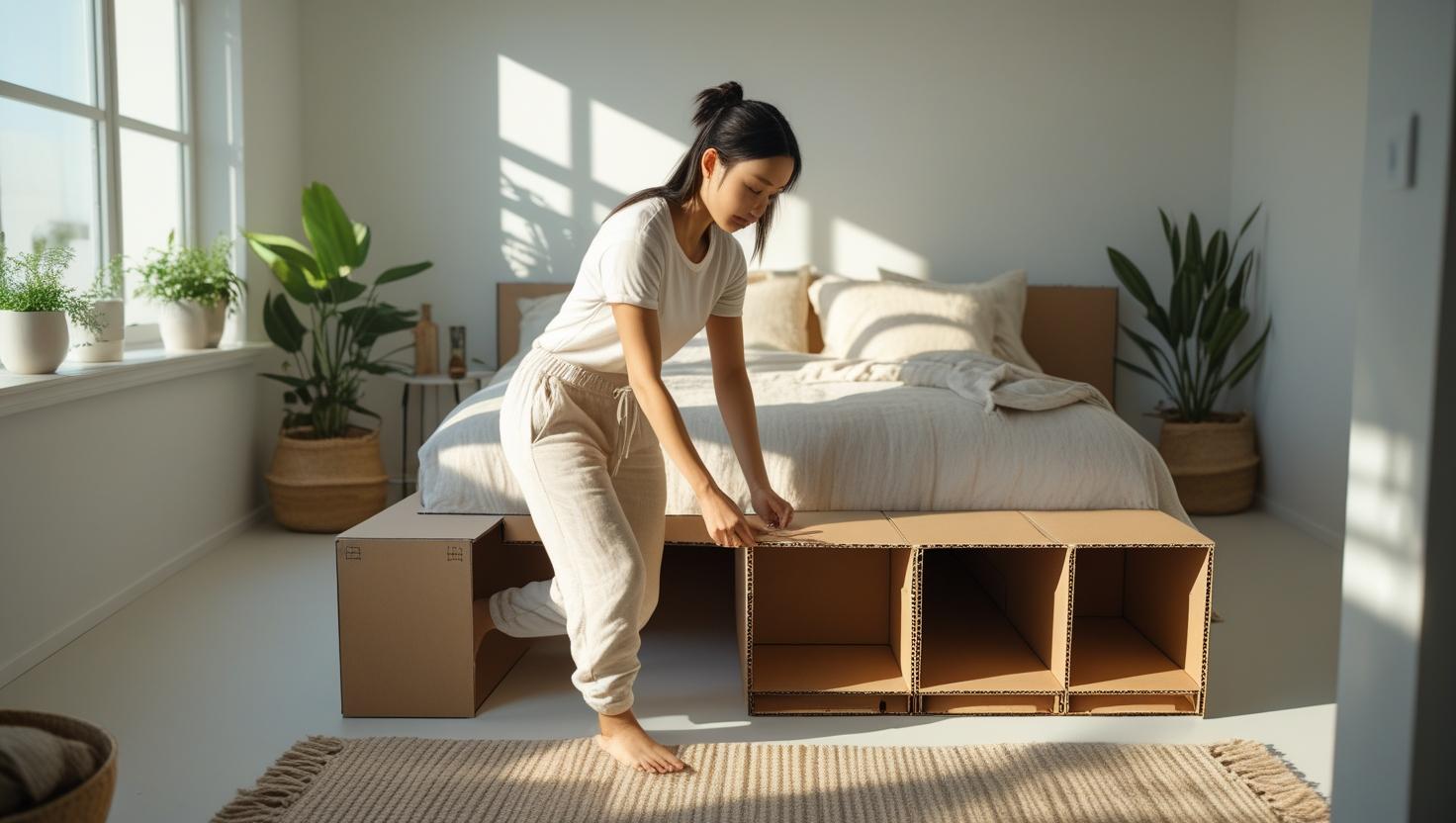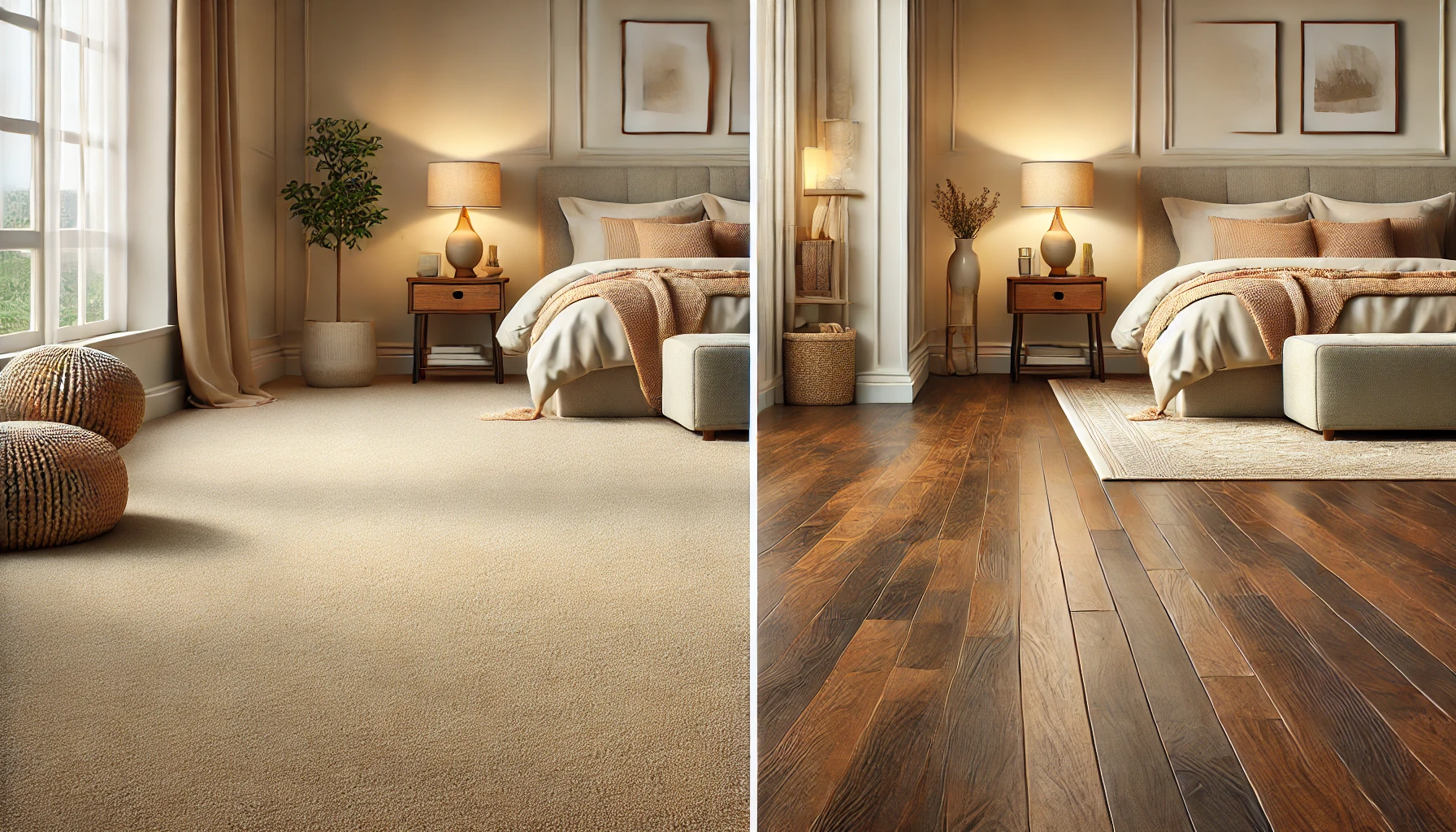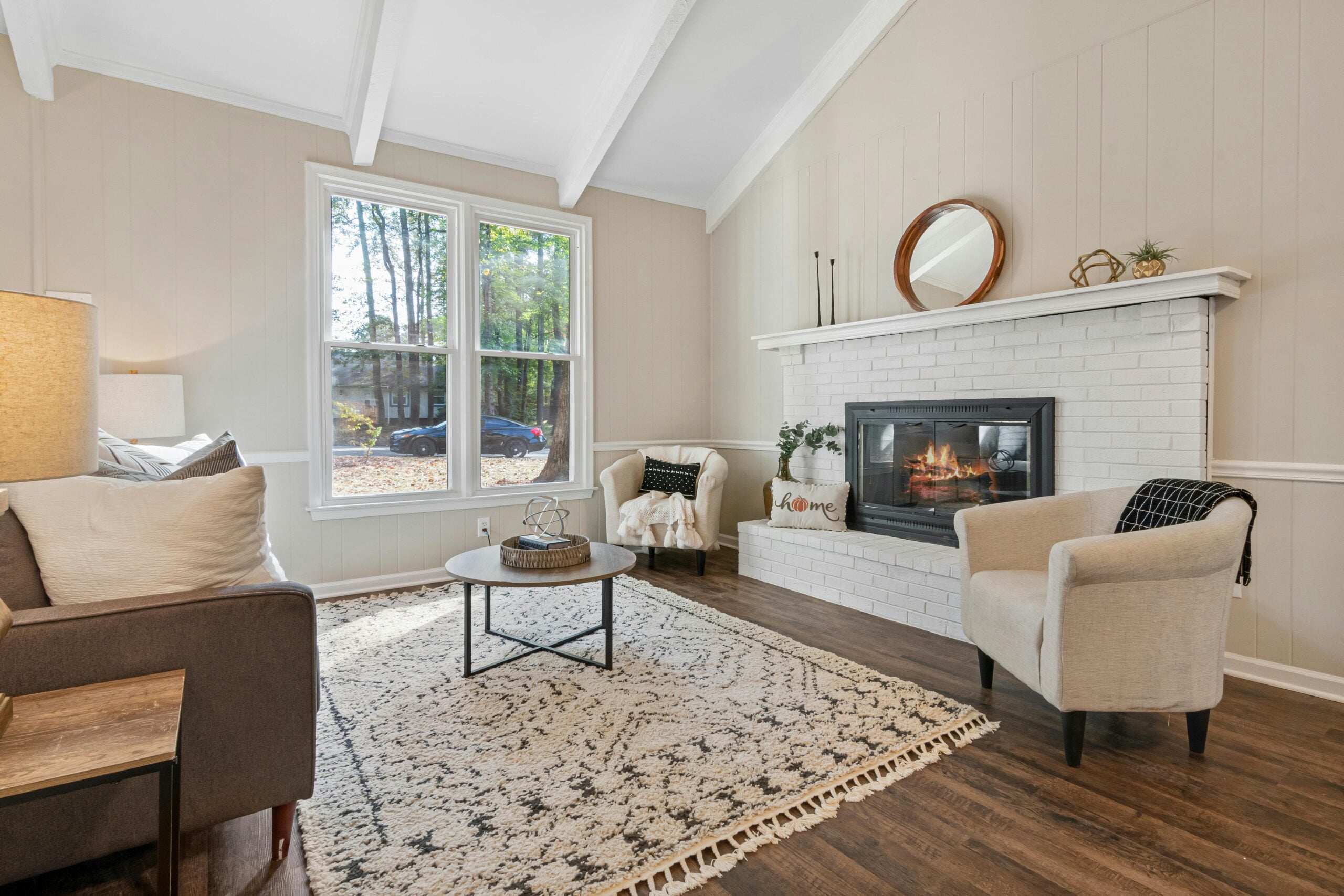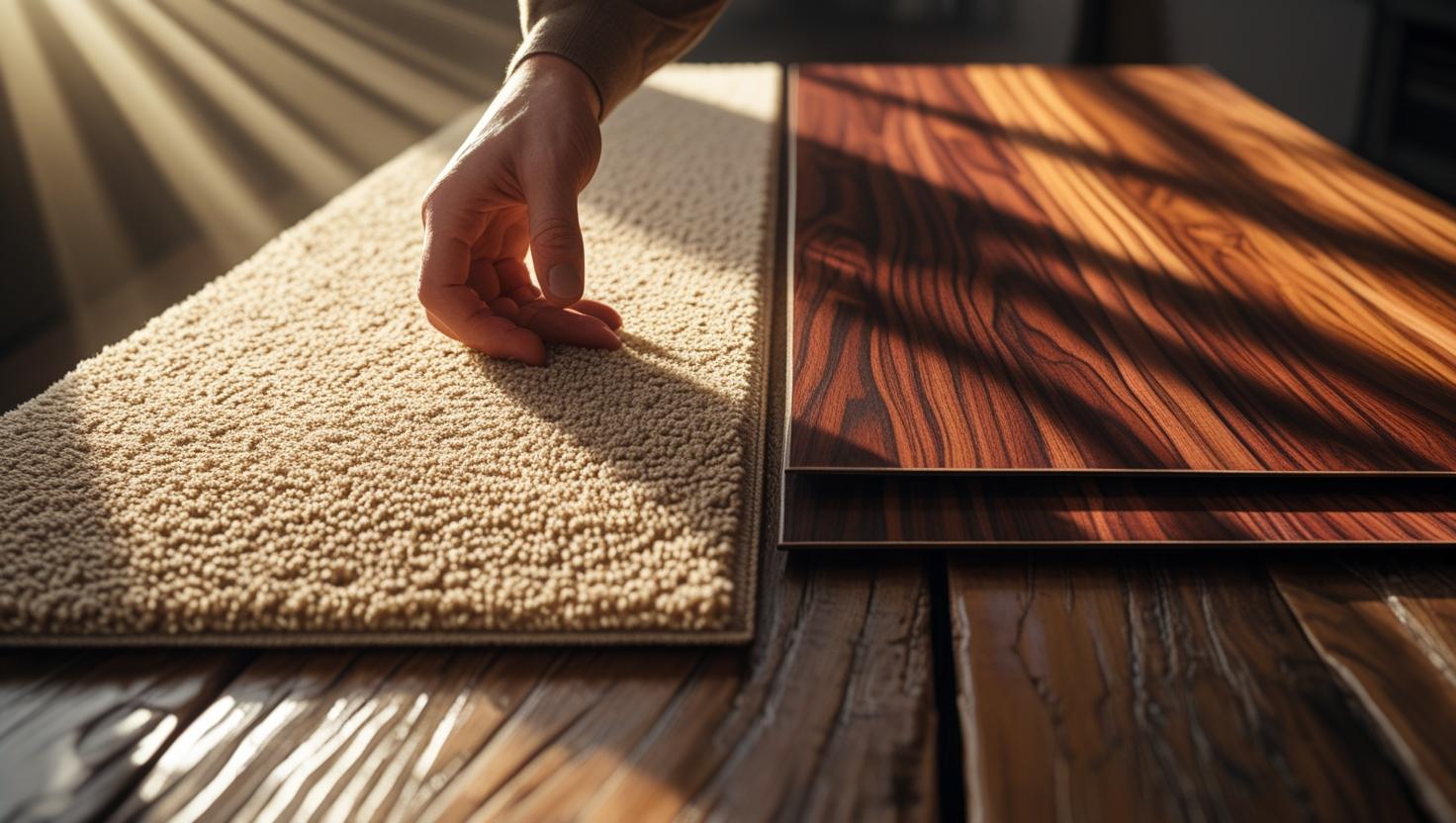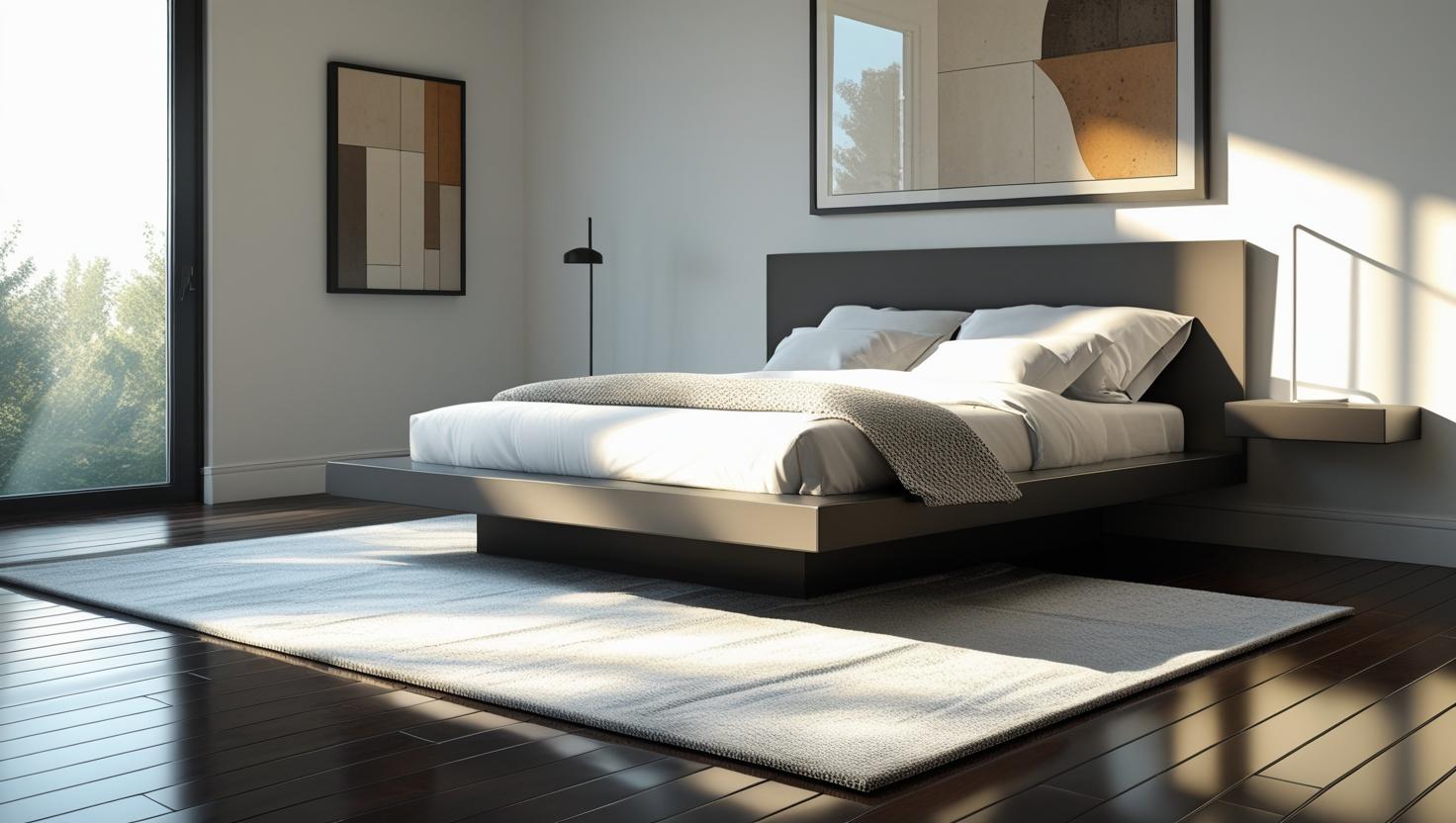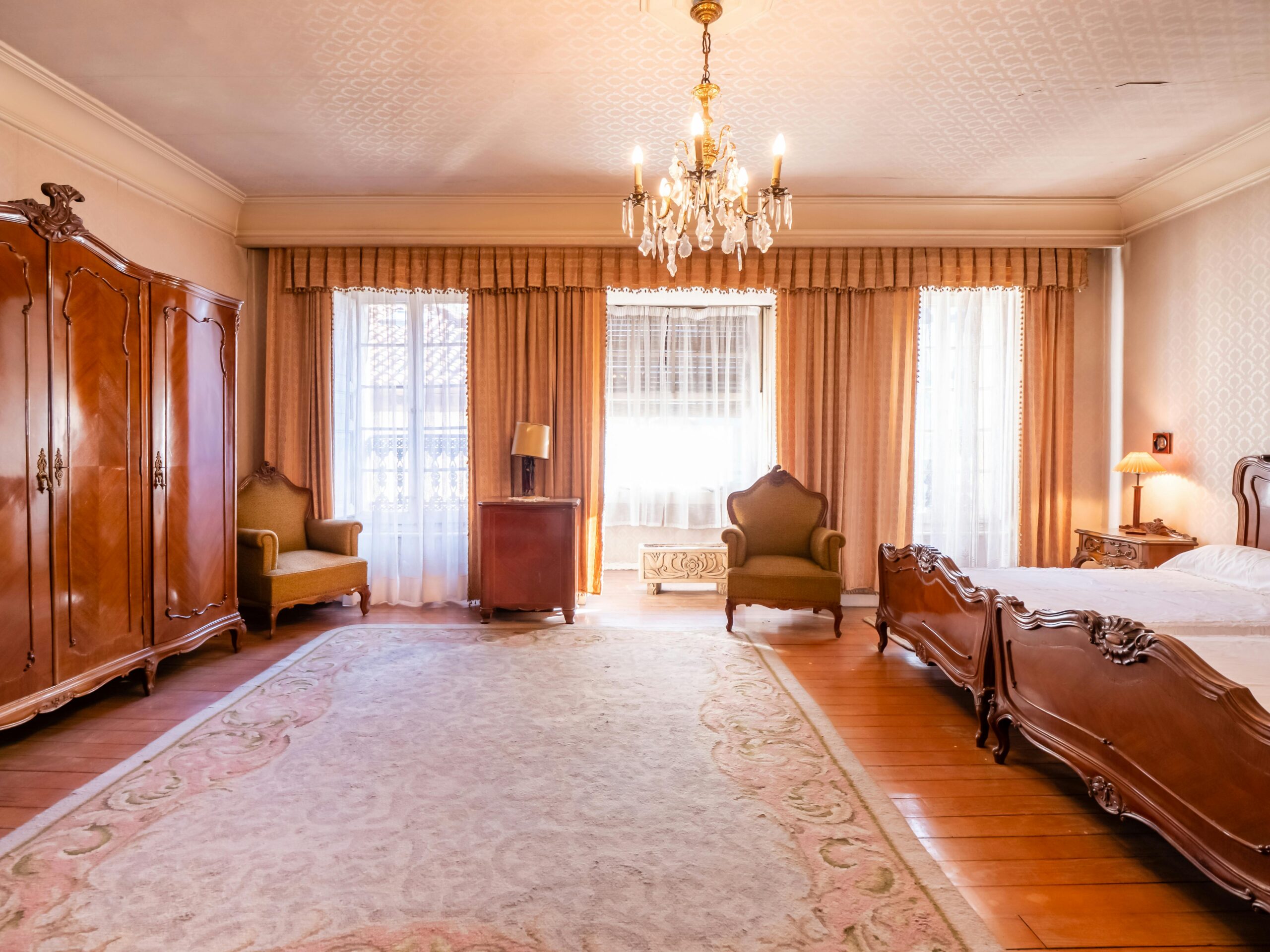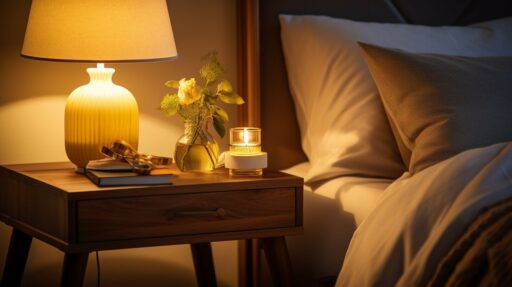Queen Size Bed Frames
Queen Size Bed Frames are the perfect choice for those who want a balance of comfort, support, and style. Whether you’re a couple looking for cozy sleeping space or an individual who loves room to stretch, choosing the right queen bed frame can transform your bedroom into a stylish retreat.
Key Takeaways: Queen Size Bed Frames
- Queen size bed frames offer an ideal blend of comfort and versatility for most bedrooms.
- Styles range from platform and upholstered to wooden and metal designs, catering to every décor preference.
- Modern storage options and durability features enhance both functionality and longevity.
- Eco-friendly queen size bed frames are available for sustainable and stylish living.
Why Choose a Queen Size Bed Frame?
A queen size bed frame is ideal for couples and solo sleepers who want the perfect balance between comfort and space without overpowering a standard bedroom. Measuring around 60 x 80 inches, it is the most versatile size for medium-sized rooms. For a deeper understanding of bed sizing, see our Complete Guide to Bed Sizes.

Queen vs. King Size Bed Frames
Queen frames provide a more space-efficient solution compared to king size beds. A queen bed is 16 inches narrower than a king, making it perfect for medium-sized rooms while still offering enough space for couples. Learn more about sizing in our King Bed and Mattress Guide.
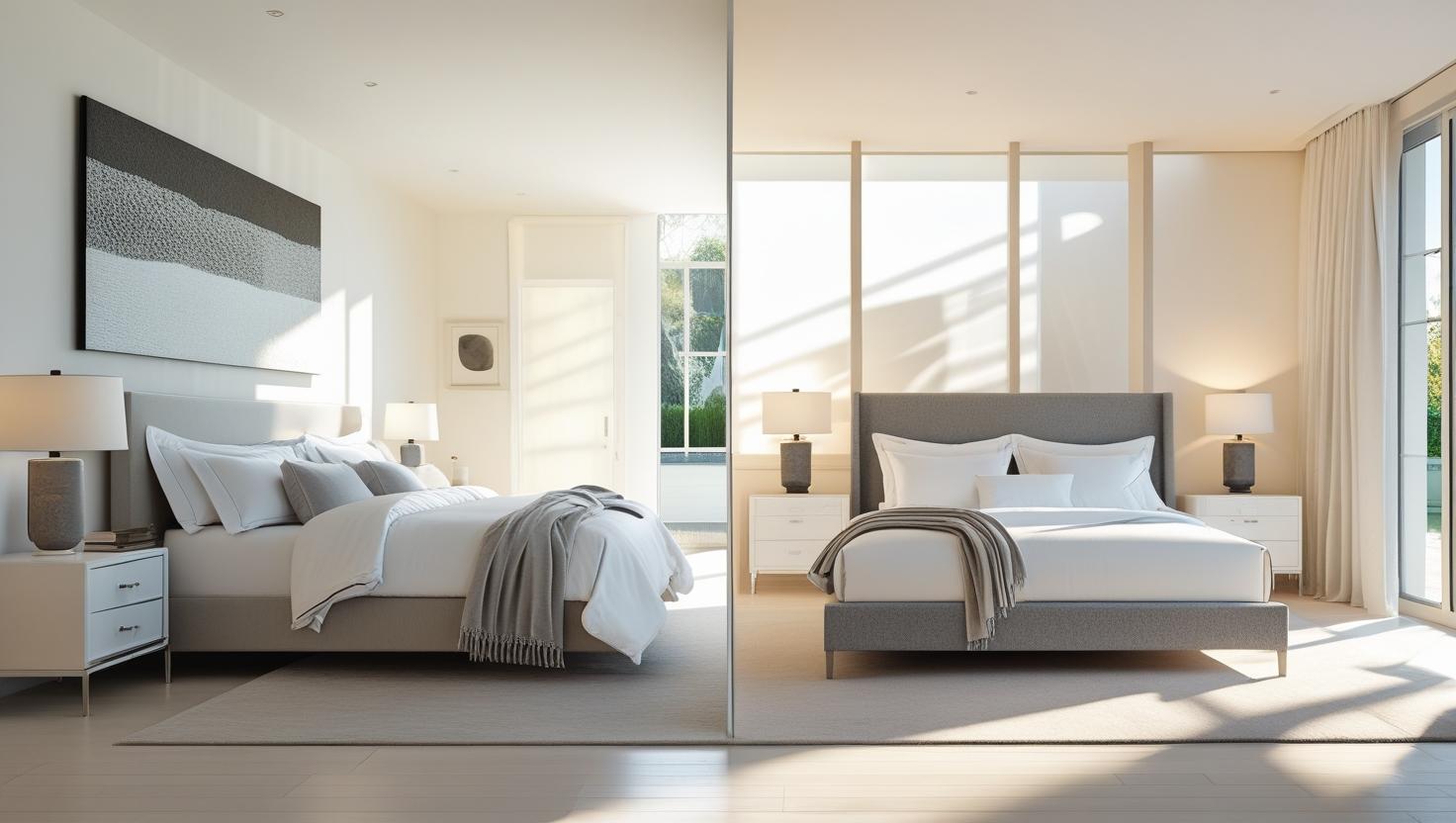
Popular Styles of Queen Size Bed Frames
Queen bed frames come in various styles to suit different preferences. The most popular include platform, upholstered, wooden, and metal designs, each offering unique benefits for different bedroom aesthetics. If you’re unsure about dimensions, check out our Mattress Size Guide.
- Platform Bed Frames: Sleek and modern, these frames don’t require a box spring. They’re ideal for minimalistic bedrooms.
- Upholstered Frames: Known for soft headboards and luxurious fabrics, upholstered queen frames add elegance and comfort.
- Metal Frames: Durable and industrial in design, they offer excellent stability and a sleek look.
- Wooden Frames: Timeless and warm, wooden frames are perfect for rustic or classic bedrooms.
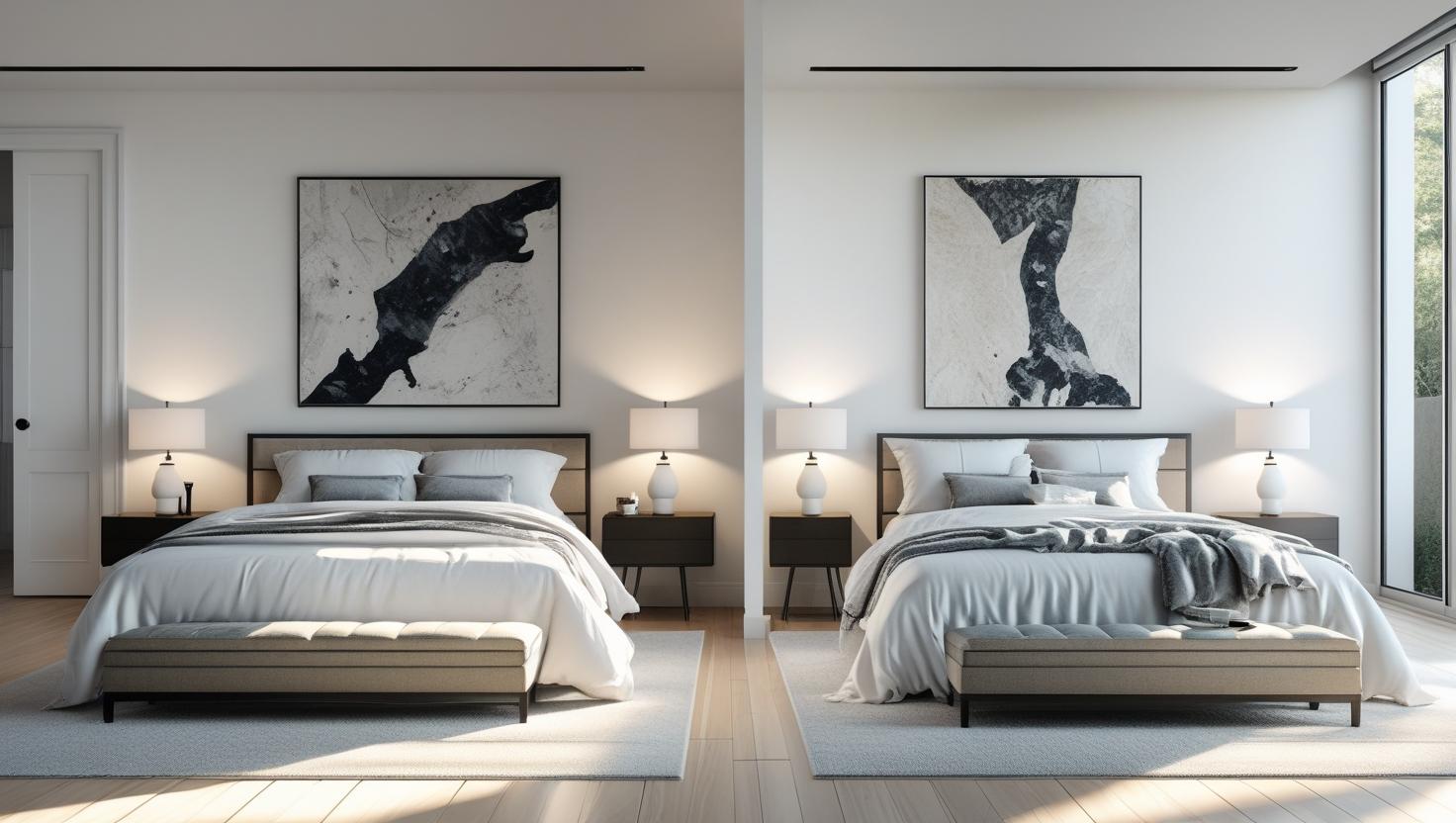
Modern Storage Bed Frames
Queen storage frames maximize bedroom space with hidden compartments, drawers, or lift-up storage. These designs combine functionality with aesthetics, helping you keep your bedroom organized without sacrificing style.
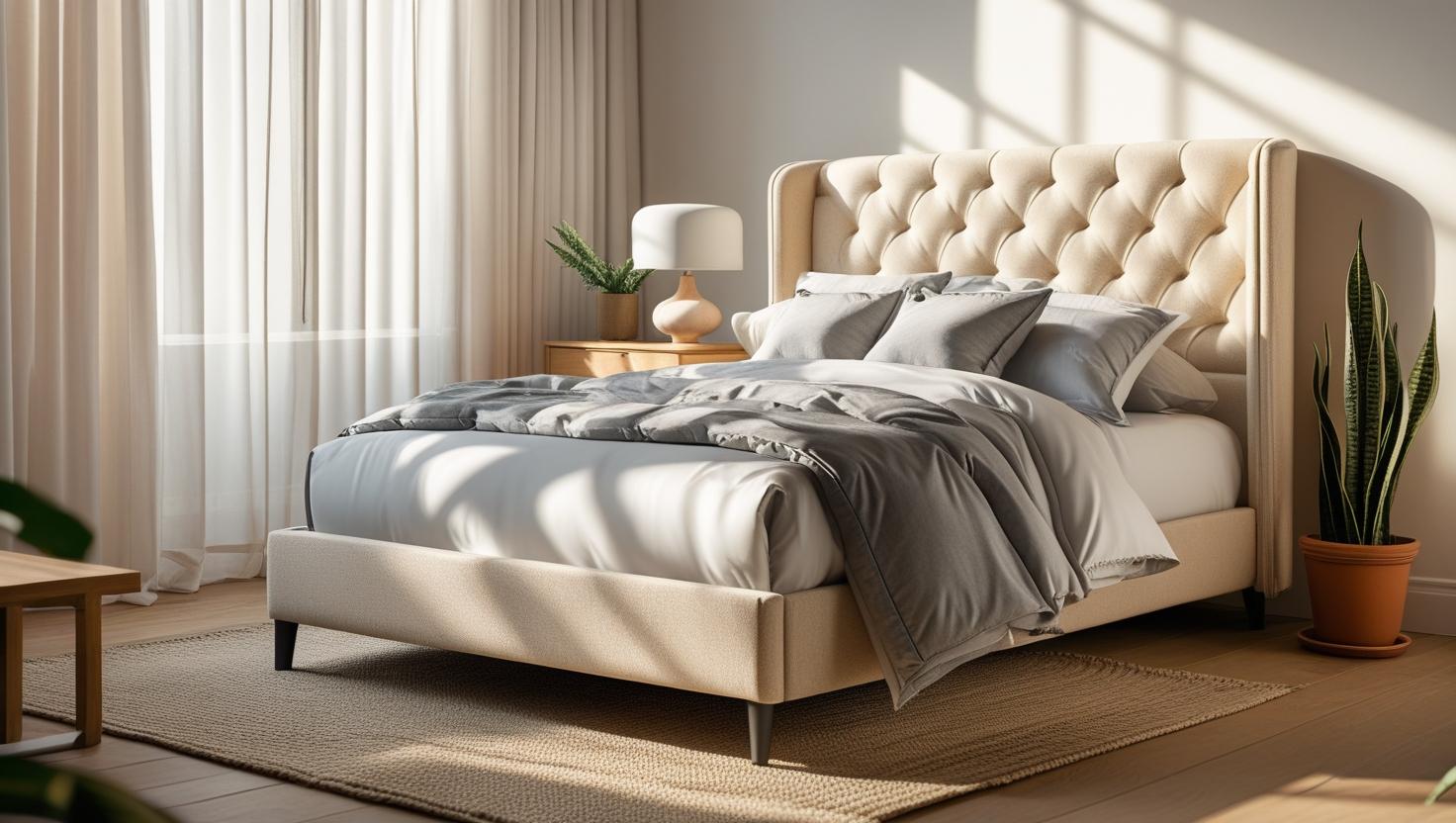
Durability and Support
The best queen bed frames are built for long-term stability. Strong center beams, reinforced slats, and high-quality materials prevent mattress sagging and extend the life of your sleep setup.
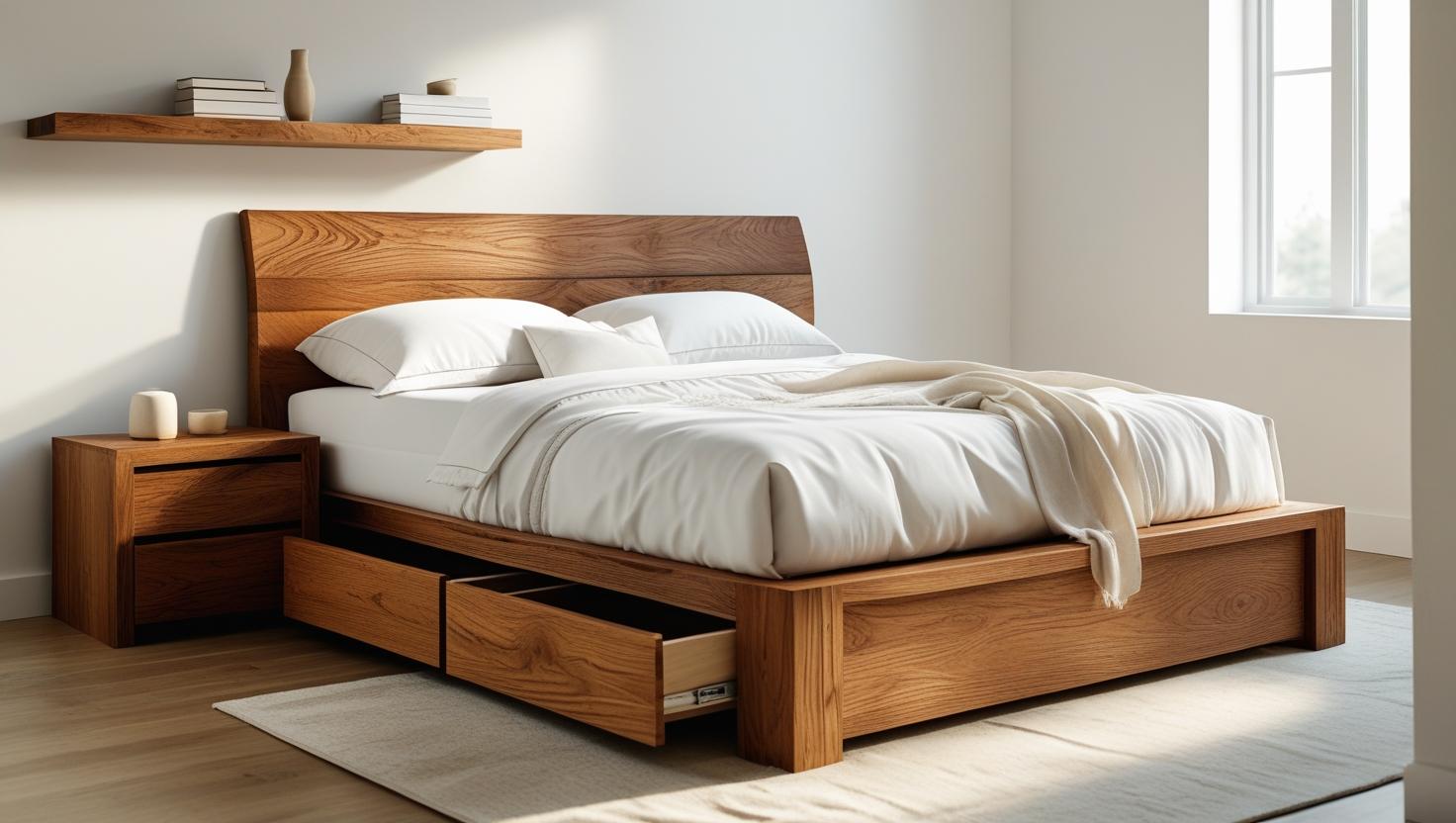
How Queen Size Frames Compare to Other Sizes
Queen frames balance the compact design of a full bed with the spaciousness of a king. While full beds may feel cramped for couples and king beds demand larger rooms, queen frames strike the perfect middle ground for most bedrooms.
Eco-Friendly vs. Conventional Queen Bed Frames
Eco-friendly queen size bed frames are crafted from FSC-certified wood, reclaimed materials, or finishes with low VOC content. Certifications like FSC (responsibly sourced wood), GREENGUARD (low chemical emissions), and OEKO-TEX (safe textiles) ensure both sustainability and safety. In contrast, conventional frames often use mass-produced, chemical-heavy finishes that may impact indoor air quality. Learn more from the Sleep Foundation’s guide on eco-friendly bedrooms.
Budget and Quality
Choosing a queen bed frame often comes down to balancing cost and quality. Affordable frames may save money upfront but can lack long-term durability. Investing in a high-quality frame enhances comfort, stability, and design. Architectural Digest frequently highlights top bedroom design trends and trusted brands. For modern furniture inspiration, explore Parachute Home Bed Frames.
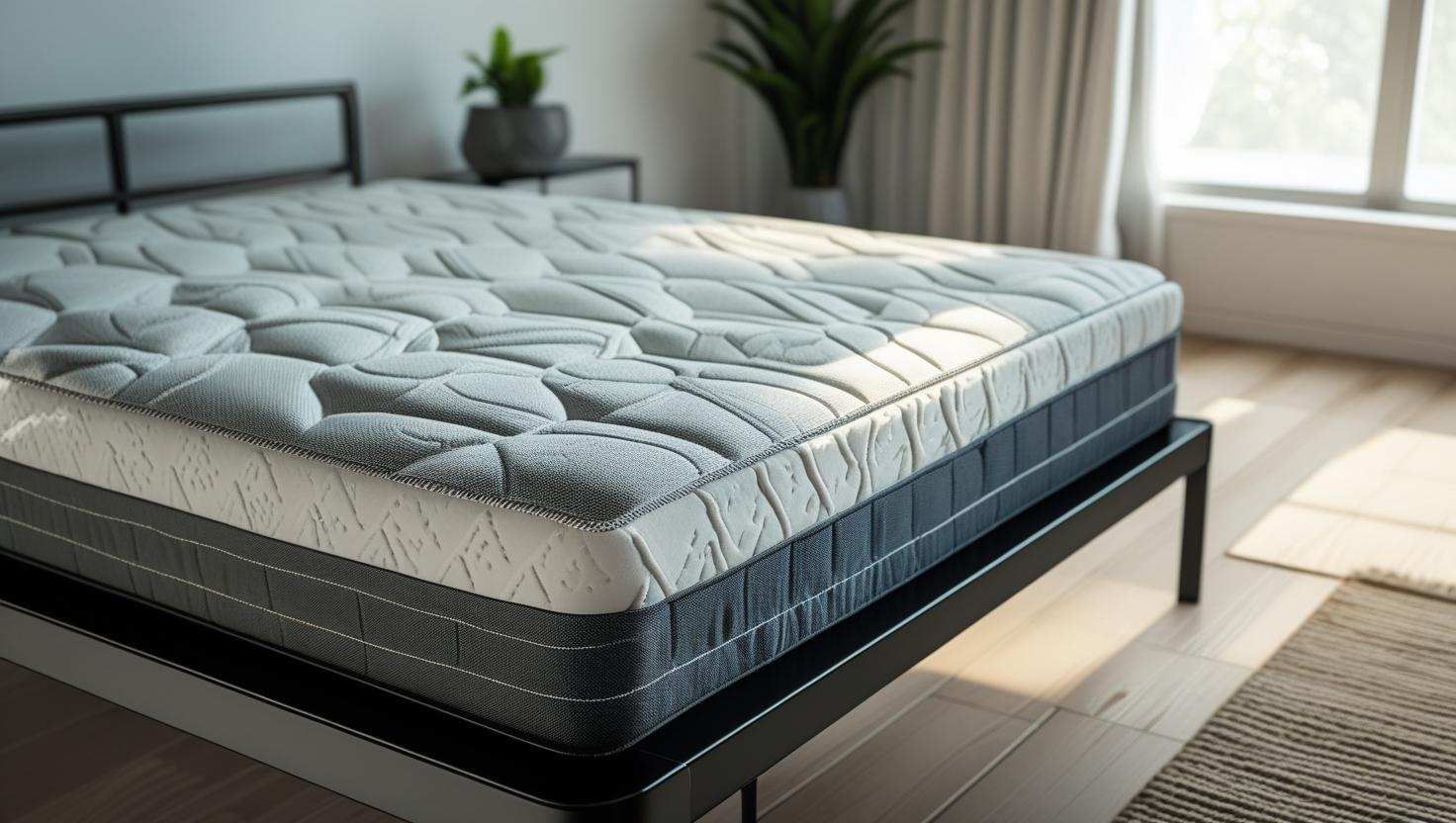
Buyer’s Guide: What to Look For
When choosing a queen bed frame, keep these key factors in mind:
- Materials: Wood for warmth, metal for durability, or upholstered for comfort and style.
- Support: Ensure sturdy slats and center beams for long-lasting stability.
- Storage: Decide if you need under-bed drawers or hidden lift-up compartments.
- Eco Credentials: Look for FSC, GREENGUARD, or OEKO-TEX certifications for sustainable options.
- Warranty: A solid warranty often reflects higher build quality.
Final Thoughts on Queen Size Bed Frames
The best Queen Size Bed Frames balance comfort, style, and functionality. Whether you prefer a sleek upholstered design, a rustic wooden build, or an eco-friendly certified option, investing in a quality queen bed frame enhances both your sleep and your bedroom’s design. For more ideas, explore Cozy Bed Quarters’ Smart Beds Collection.
FAQ
- What is the standard size of a Queen Size Bed Frame?
- Most queen frames measure approximately 60 inches wide by 80 inches long.
- Do I need a box spring with a queen bed frame?
- Platform bed frames typically eliminate the need for a box spring, while traditional frames may require one.
- Are storage bed frames sturdy?
- Yes, modern storage frames are designed with reinforced slats and solid construction for durability.
- What is better: wood or metal queen bed frames?
- Wood offers a warm, classic look, while metal provides sleek durability. The choice depends on your style and durability needs.
See also our Feng Shui Bedroom Layout Guide for design tips.

